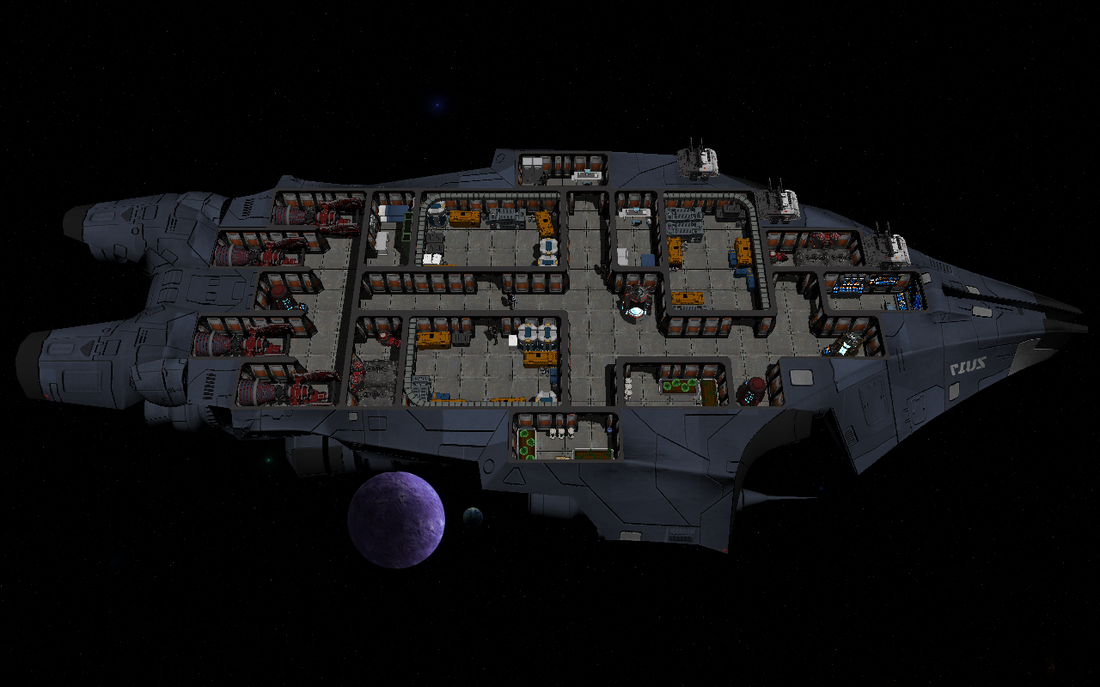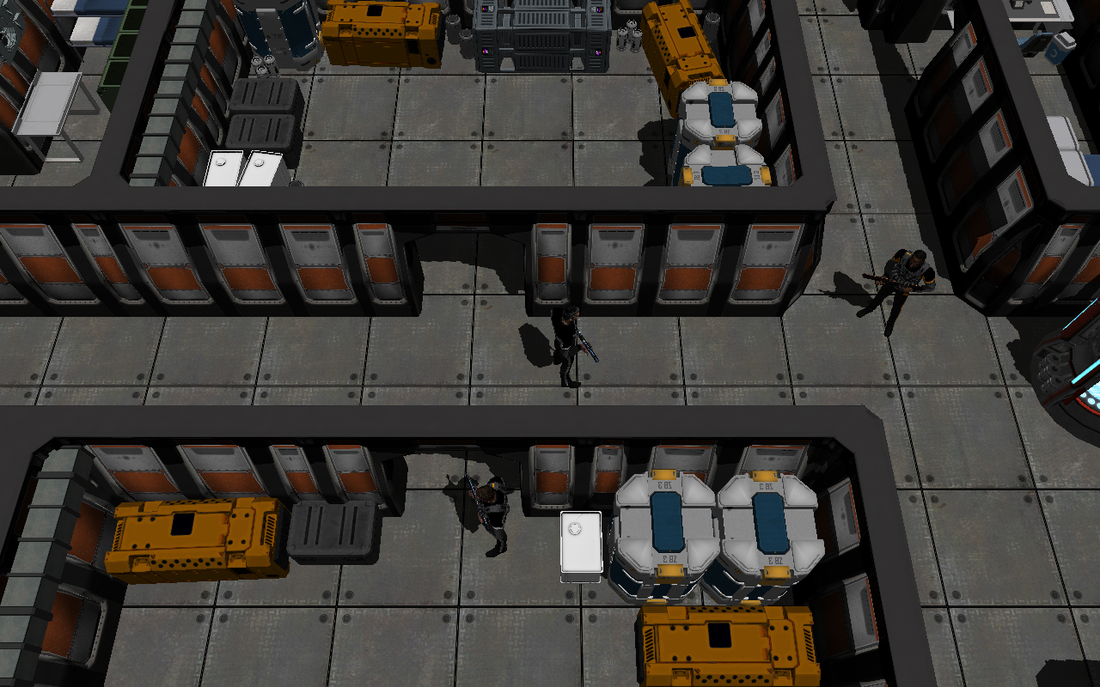Hi folks,
I have a problem and I really could use some ideas from other professionals! I am developing my video game Galactic Crew including its own game engine. I am currently working on improved graphics which includes shadows (I use Shadow Mapping for that). I observed that the game lags, when I use shadows, so I started profiling my source code. I used DirectX 11's Queries to measure the time my GPU spends on different tasks to search for bottlenecks. I found several small issues and solved them. As a result, the GPU needs around 10 ms per frame, which is good enough for 60 FPS (1s / 60 frames ~ 16 ms/frame). See attachment Scene1 for the default view.
However, when I zoom into my scene, it starts to lag. See attachment Scene2 for the zoomed view. I compared the times spent on the GPU for both cases: default view and zoomed view. I found out that the render passes in which I render the full scene take much longer (~11 ms instead of ~2ms). One of these render stages is the conversion of the depth information to the Shadow Map and the second one is the final draw of the scene.
So, I added even more GPU profiling to find the exact problem. After several iteration steps, I found this call to be the bottleneck:
if (model.UseInstancing)
_deviceContext.DrawIndexedInstanced(modelPart.NumberOfIndices, model.NumberOfInstances, 0, 0, 0);
else
_deviceContext.DrawIndexed(modelPart.NumberOfIndices, 0, 0);Whenever I render a scene, I iterate through all visible models in the scene, set the proper vertex and pixel shaders for this model and update the constant buffer of the vertex shader (if required). After that, I iterate through all positions of the model (if it does not use instancing) and iterate through all parts of the model. For each model part, I set the used texture maps (diffuse, normal, ...), set the vertex and index buffers and finally draw the model part by calling the code above. In one frame for example, 11.37 ms were spent drawing all models and their parts, when I zoomed it. From these 11.37 ms 11.35ms were spent in the drawing calls I posted above.
As a test, I simplified my rather complex pixel shader to a simple function that returns a fixed color to make sure, the pixel shader is not responsible for my performance problem. As it turned out, the GPU time wasn't reduced.
Does anyone of you have any idea what causes my lag, i.e. my long GPU time in the drawing calls? I don't use LOD or anything comparable and I also don't use my BSP scene graph in this scene. It is exactly the same content, but with different zooms. Maybe I missed something very basic. I am grateful for any help!!













